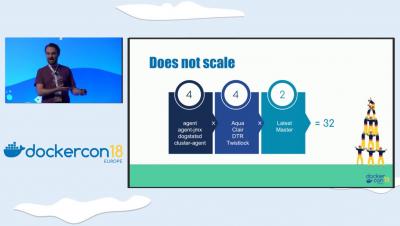Operations | Monitoring | ITSM | DevOps | Cloud
December 2018
Analyzing Tomcat logs and metrics with Datadog
In Part 2 of this series, we showed you how to collect key Tomcat performance metrics and logs with open source tools. These tools are useful for quickly viewing health and performance data from Tomcat, but don’t provide much context for how those metrics and logs relate to other applications or systems within your infrastructure.
Key metrics for monitoring Tomcat
Apache Tomcat is a server for Java-based web applications, developed by the Apache Software Foundation. The Tomcat project’s source was originally created by Sun Microsystems and donated to the foundation in 1999. Tomcat is one of the more popular server implementations for Java web applications and runs in a Java Virtual Machine (JVM).
Collecting metrics with Tomcat monitoring tools
In Part 1 of this series, we discussed some key Tomcat and JVM metrics that are exposed through Java Management Extensions (JMX). Now that you are familiar with metrics necessary for monitoring Tomcat, we can look at how to collect and query that data.
ActiveMQ architecture and key metrics
Apache ActiveMQ is message-oriented middleware (MOM), a category of software that sends messages between applications. Using standards-based, asynchronous communication, ActiveMQ allows loose coupling of the elements in an IT environment, which is often foundational to enterprise messaging and distributed applications.
Collecting ActiveMQ metrics
In Part 1 of this series, we looked at how ActiveMQ works, and the key metrics you can monitor to ensure proper performance of your messaging infrastructure. In this post, we’ll show you some of the tools that you can use to collect ActiveMQ metrics. This includes tools that ship with ActiveMQ, and some other tools that make use of Java Management Extensions (JMX) to monitor ActiveMQ brokers and destinations.
Monitoring ActiveMQ with Datadog
As you operate and scale ActiveMQ, comprehensive monitoring will enable you to rapidly identify any bottlenecks and maintain the flow of data through your applications. Earlier in this series, we introduced some key ActiveMQ metrics to watch, and looked at some tools you can use to monitor ActiveMQ.








